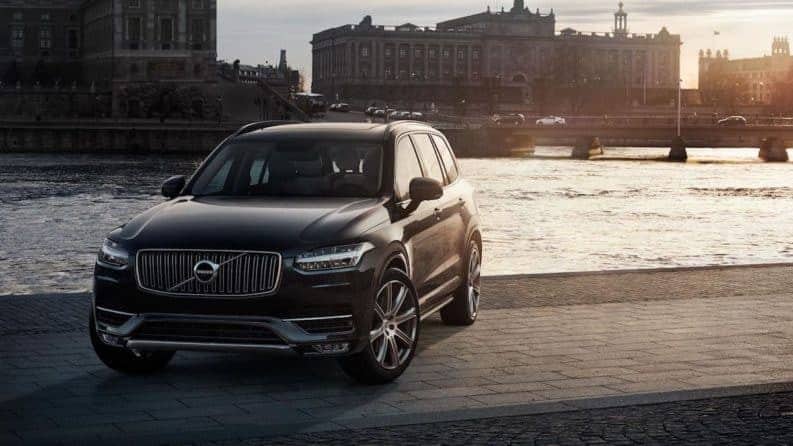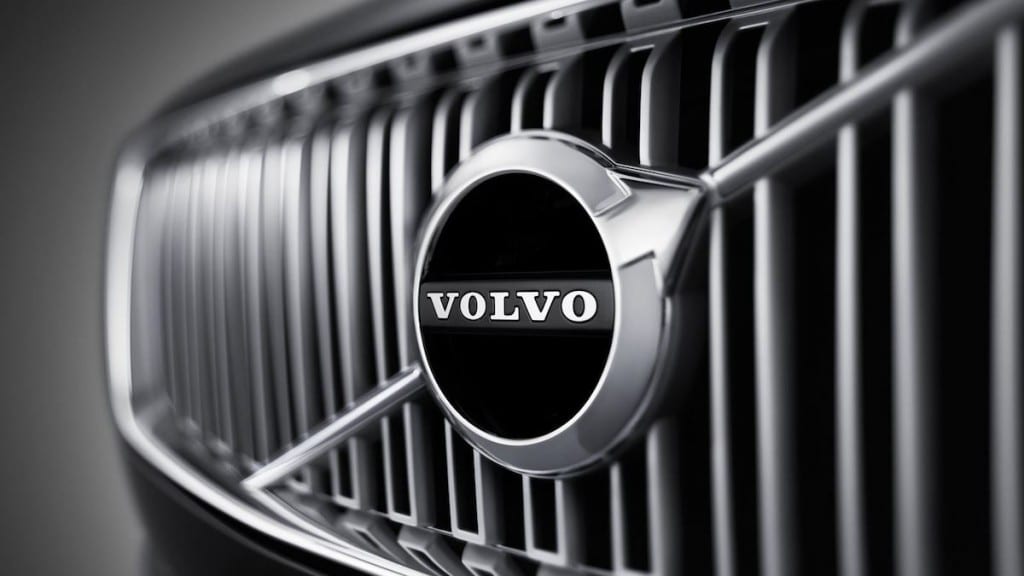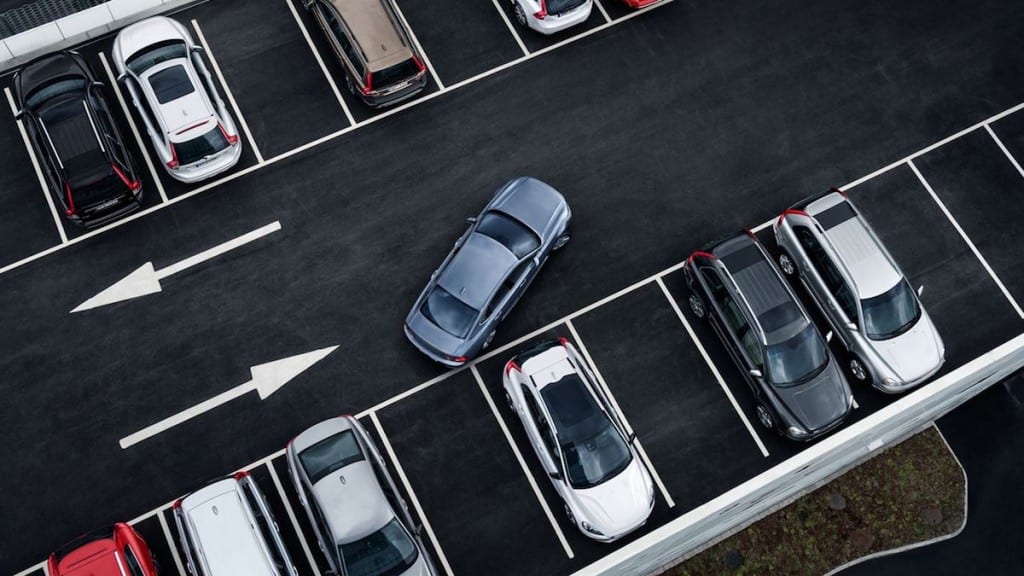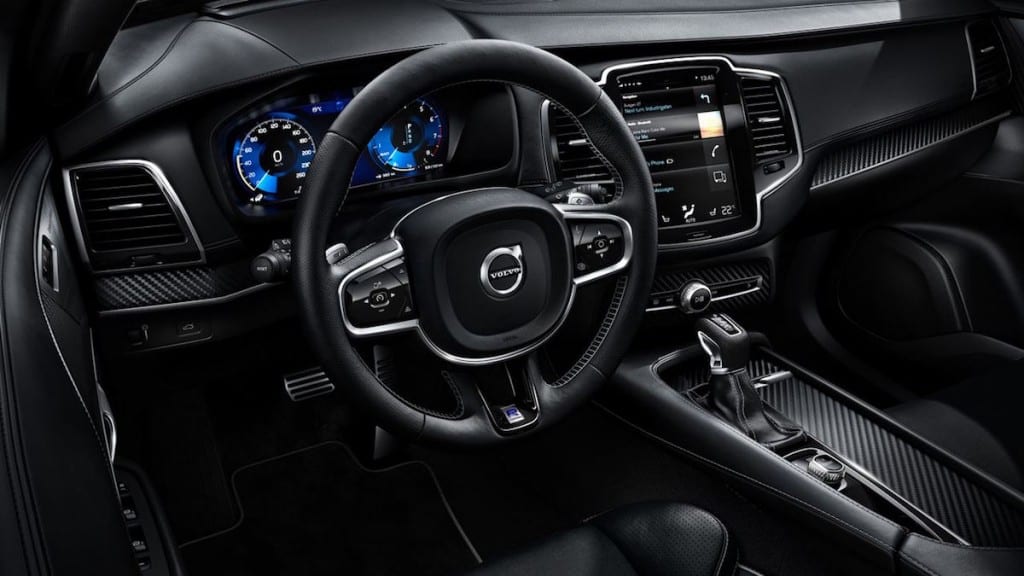Terminator? Skynet? I, Robot? Any of that ringing a bell?
Apparently not, because the 2016 Volvo XC90 for saleis considered to be a semi-autonomous vehicle — a vehicle that can partially drive itself. Thanks to companies like Volvo, this means the machine takeover is closer than we think, and we need to begin stockpiling supplies immediately…
I’m the only one who finds this creepy, aren’t I? Fine. Instead of going into a doomsday rant about how sketchy it is that the cars will soon be in control of us on the road, I suppose I can write a thoughtful and informative post about the semi-autonomous technology on the XC90.
But before we jump into taking a look at the XC90’s technology, it’s important to first go more in-depth with semi-autonomous vehicles, and understand the difference between those and fully self-driving vehicles. Thankfully, completely autonomous vehicles aren’t available for sale yet. So, we are still safe for a few more years…
Volvo’s Goal is the Root of All Evil (Not Really)
What’s spurred Volvo’s desire for semi-autonomous vehicles?
Well, for a brand dedicated to safety, semi-autonomous vehicles represent one step closer to completely eliminating the dangers of driving in a Volvo. Period. More specifically, Volvo is approaching its goal that no one will get seriously injured or die if a collision occurs while inside a Volvo vehicle. That’s a pretty serious accomplishment, especially since the automaker has self-imposed a 2020 deadline, and what’s the quickest way to prevent someone from seriously injuring oneself or dying in a collision? Completing eliminating the possibility of human error.
How does Volvo do that? By giving all the power to the machine, of course. Enter the semi-autonomous and semi-creepy technology of 2016 found on vehicles like the Volvo XC90, which is the starting point for the end of humanity.
A More In-Depth Look at Semi-Autonomous and Autonomous Vehicles
According to Volvo, fully autonomous driving has the power to change the world as we know it forever. An autonomous car is one that is self-driving. It’s able to accelerate, brake, and steer itself. The capability for cars to be entirely self-driving is something that has been dreamed of and even feared by many for years – but had yet to become a reality. Now, with technology found in 2016, that utopian and futuristic vision that will free people from the boring aspects of driving is a reality. Thankfully, the automakers that have the capability to do this know that it wouldn’t be wise to begin releasing fully-autonomous vehicles to the public without first seeing how semi-self driving vehicles would do first.
This is where the difference lies between semi-autonomous and autonomous vehicles. Think of the semi-autonomous vehicle as a taste, tease, or omen of what is yet to come. It’s there to bring us earthlings slowly up to speed with the alien-like technology that is now at our fingertips, and the difference between semi-autonomous vehicles and autonomous vehicles is actually quite staggering.
Autonomous
An autonomous vehicle is fully self-driving, able to accelerate, brake, and even steer itself. The vehicle is in complete control of monitoring, supervising, and the overall operation of itself. There is zero use or need for human input, so you can dance to REM’s lyrics “it’s the end of the world as we know it” as you allow a computer to drive you down the road.
Because there is no need for human interference, the driver will not be responsible for anything that occurs when the vehicle is in autonomous driving mode. So, it’s safe to assume that accidents – if they do happen – won’t be the driver’s fault. Instead, drivers can engage in other non-driving activities, such as cleaning the car, relaxing, reading the paper, or even taking a nap if you trust the car enough.
Semi-Autonomous
A semi-autonomous vehicle is what we have now – a car that can drive itself to a limited extent. For example, the driver would have to maintain the distance from the vehicle in front, as well as more complicated evasive maneuvers, such as choosing between hitting another car or going into a ditch. Therefore, the driver still remains responsible for monitoring, supervision, and the overall operation of the vehicle, and so needs to still actively participate in the driving.
Since, in this case, you are still responsible for supervising and monitoring the semi-autonomous creep-machine, you are legally responsible for driving the vehicle. So, you shouldn’t do your nails or post about how cool driving a semi-autonomous vehicle is — because you are still responsible for driving it.
The main difference to remember here is the legality of the situation. With an autonomous vehicle, you aren’t controlling it in anyway, therefore you aren’t responsible. With a semi-autonomous vehicle, you are still responsible, because the vehicle isn’t in full control. Ideally, the goal is to completely eliminate human error. Don’t worry, though: Volvo intends for their vehicles to eventually sit somewhere in the middle of the two as a highly autonomous car. They still want their vehicles to take complete control over driving, but also give you the option of taking back control of the wheel anytime you like.
An Example Found on the XC90
Adaptive Cruise Control with Pilot Assist is a perfect example of this technology, and is found on the 2016 Volvo XC90. When driving under 30 mph, you can engage this system along with Pilot Assist, and the XC90 will do all of the driving for you while keeping you in your lane. This system only works if the XC90 is able to constantly detect the other vehicles or obstacles in front of you against the lines in your lane. If it can no longer detect vehicles or lane-lines, a warning will be issued — which prompts you to take back control of the wheel.
Taking my doomsday, nay-sayer spin out of this, it’s easy to see how vehicles with this type of technology (and autonomous vehicles in general) can make the roads a much safer place. It’s good that Volvo is starting off by integrating semi-autonomous technology into cars that are still owner-operated. That way, the brand obsessed with safety can see how this functionality will ultimately integrate into society.







